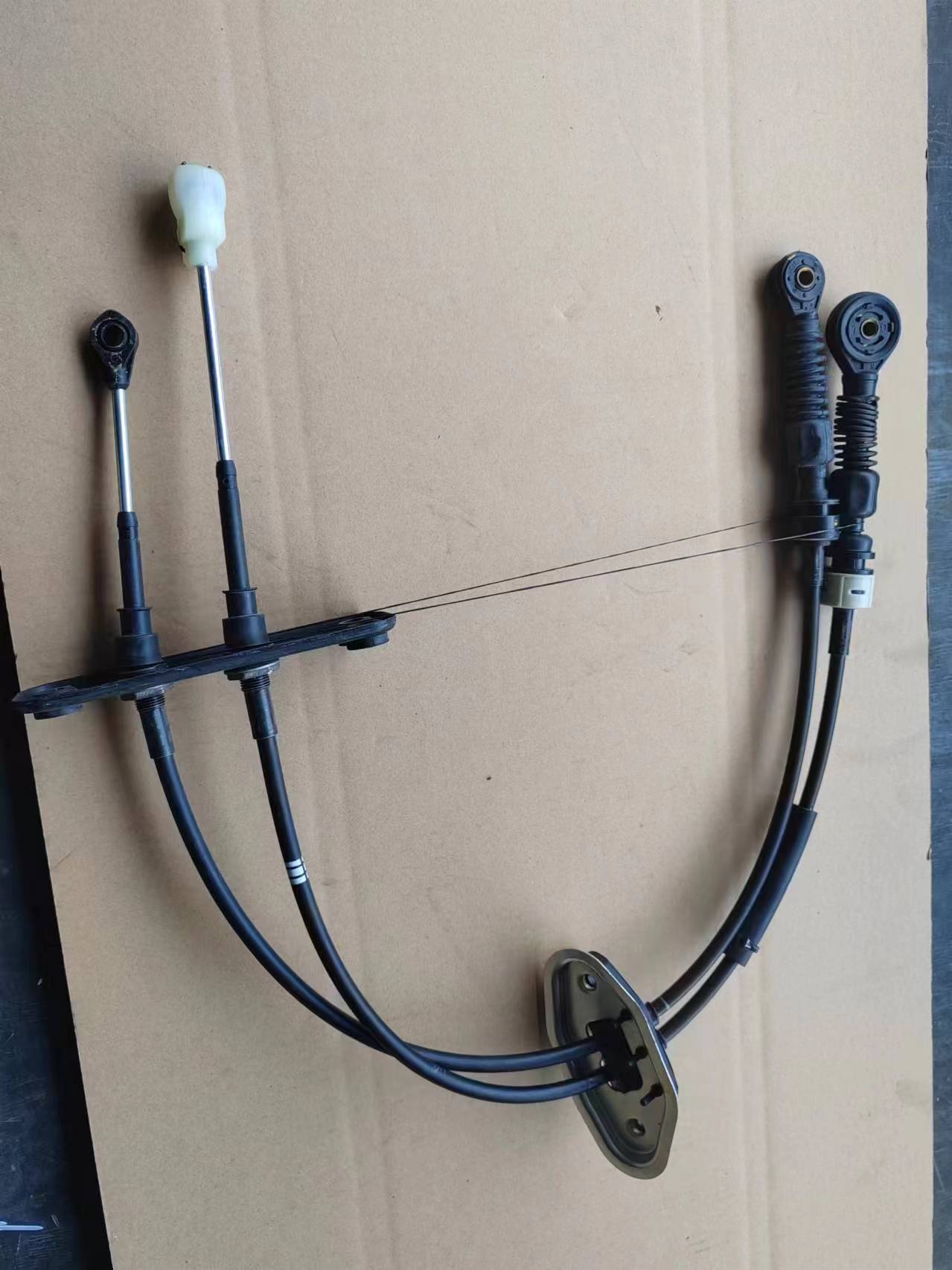Understanding Gear Shift Linkage Mechanisms in Automotive Engineering and Performance
Understanding Gear Shift Linkage Its Role and Importance in Automotive Engineering
Gear shift linkage is a critical component in the operation of manual transmission systems in vehicles. Often overlooked by the average driver, this mechanical connection plays a significant role in the vehicular experience, dictating how smoothly and efficiently a driver can change gears. With advances in automotive technology, understanding the intricacies of gear shift linkage is essential for both car enthusiasts and those involved in automotive engineering.
What is Gear Shift Linkage?
At its core, gear shift linkage refers to the system of rods, cables, and levers that connects the gear shifter (usually located in the vehicle's cabin) to the transmission. This linkage facilitates the driver’s ability to select different gears while ensuring that the intended gear engages smoothly. The mechanism can vary widely among different vehicles, but the fundamental purpose remains the same providing an efficient and reliable interface between the driver and the transmission.
Types of Gear Shift Linkage
There are several types of gear shift linkages, each with its own mechanisms and advantages.
1. Cable Linkage This type uses flexible cables that connect the shifter to the transmission. Cables are lightweight and can allow for more flexible routing options within the vehicle. However, they may introduce a slight delay or loss of sensitivity due to cable stretch or resistance.
2. Rod Linkage A rod system employs rigid metal rods and levers to transmit the movement from the shifter to the transmission. This design tends to provide a more direct connection, offering a more responsive feel for the driver.
3. Hybrid Systems Some modern vehicles utilize a combination of both cable and rod linkages to achieve a balance of flexibility and responsiveness. As technology continues to advance, hybrid systems may become the norm in future vehicle designs.
Importance of Gear Shift Linkage
gear shift linkage

The efficiency of gear shift linkage directly affects several aspects of a vehicle's operation
1. Driver Experience A well-designed gear shift linkage contributes to a smoother driving experience. Smooth gear changes enhance comfort, particularly in stop-and-go traffic or during rapid acceleration. Improper linkage may lead to difficult gear shifts, resulting in driver frustration and even potential damage to the transmission over time.
2. Vehicle Performance The accuracy of gear selection is crucial for vehicle performance. A malfunctioning linkage could lead to missed shifts, grinding gears, or even skipped gears under load, impairing the vehicle’s responsiveness and overall performance.
3. Safety Properly functioning shift linkage ensures that the driver can easily select the desired gear, which is particularly important during emergency maneuvers. Difficulty in engaging the correct gear can lead to dangerous situations, especially in high-speed or off-road driving.
4. Maintenance Understanding how gear shift linkage works can aid in the maintenance and troubleshooting of a vehicle. Drivers who are familiar with the mechanics of their vehicle can spot early signs of wear or malfunction, potentially saving on costly repairs.
Innovations in Gear Shift Linkage
As automotive technology evolves, so too does gear shift linkage. The rise of electric and hybrid vehicles has introduced new complexities into transmission systems, prompting engineers to innovate how linkages operate. For instance, electronic shift linkages that utilize sensors and motors can eliminate the need for physical connections, offering greater precision and even the possibility of automatic shifts based on driving conditions.
Conclusion
In conclusion, gear shift linkage is a fundamental element of manual transmission systems that significantly impacts driver interaction, vehicle performance, and overall safety. Understanding its function, types, and importance can enrich a driver’s knowledge and enhance the appreciation for automotive engineering. Whether it's through the tactile feedback of a well-tuned rod system or the versatility of a cable mechanism, gear shift linkage remains an essential component that connects the driver to the dynamics of the vehicle. As technology continues to push boundaries, the evolution of gear shift systems will undoubtedly shape the future of automotive design and performance.
-
Workings of Clutch Pipe and Hose SystemsNewsJun.04,2025
-
The Inner Workings of Hand Brake Cable SystemsNewsJun.04,2025
-
The Secrets of Throttle and Accelerator CablesNewsJun.04,2025
-
The Hidden Lifeline of Your Transmission Gear Shift CablesNewsJun.04,2025
-
Demystifying Gear Cables and Shift LinkagesNewsJun.04,2025
-
Decoding Clutch Line Systems A Comprehensive GuideNewsJun.04,2025
